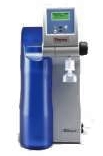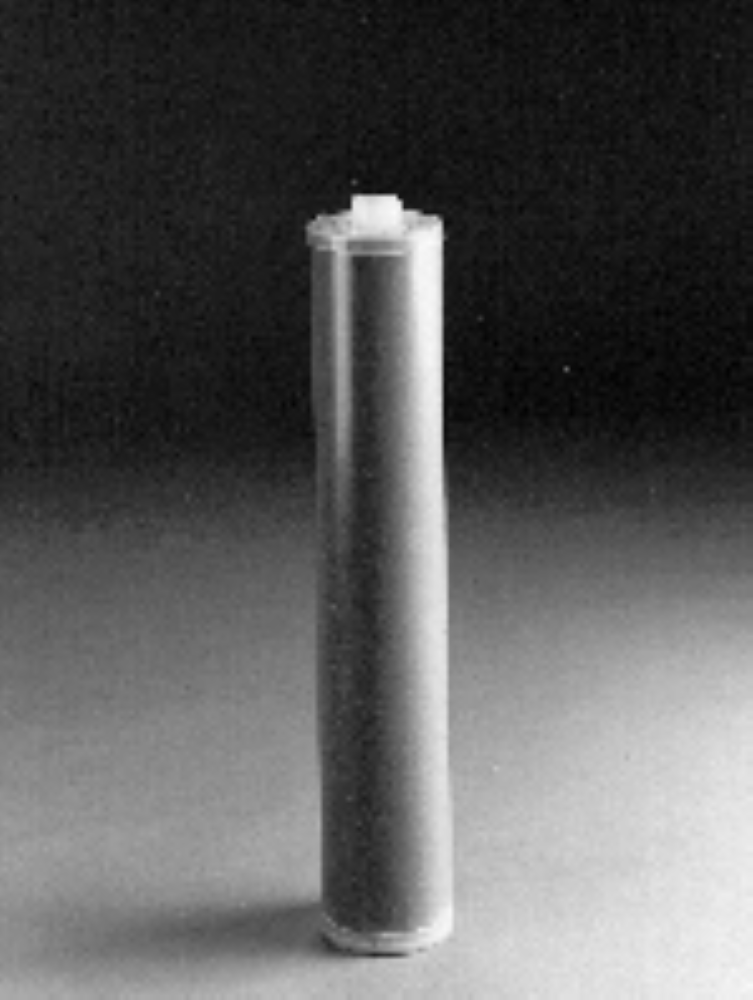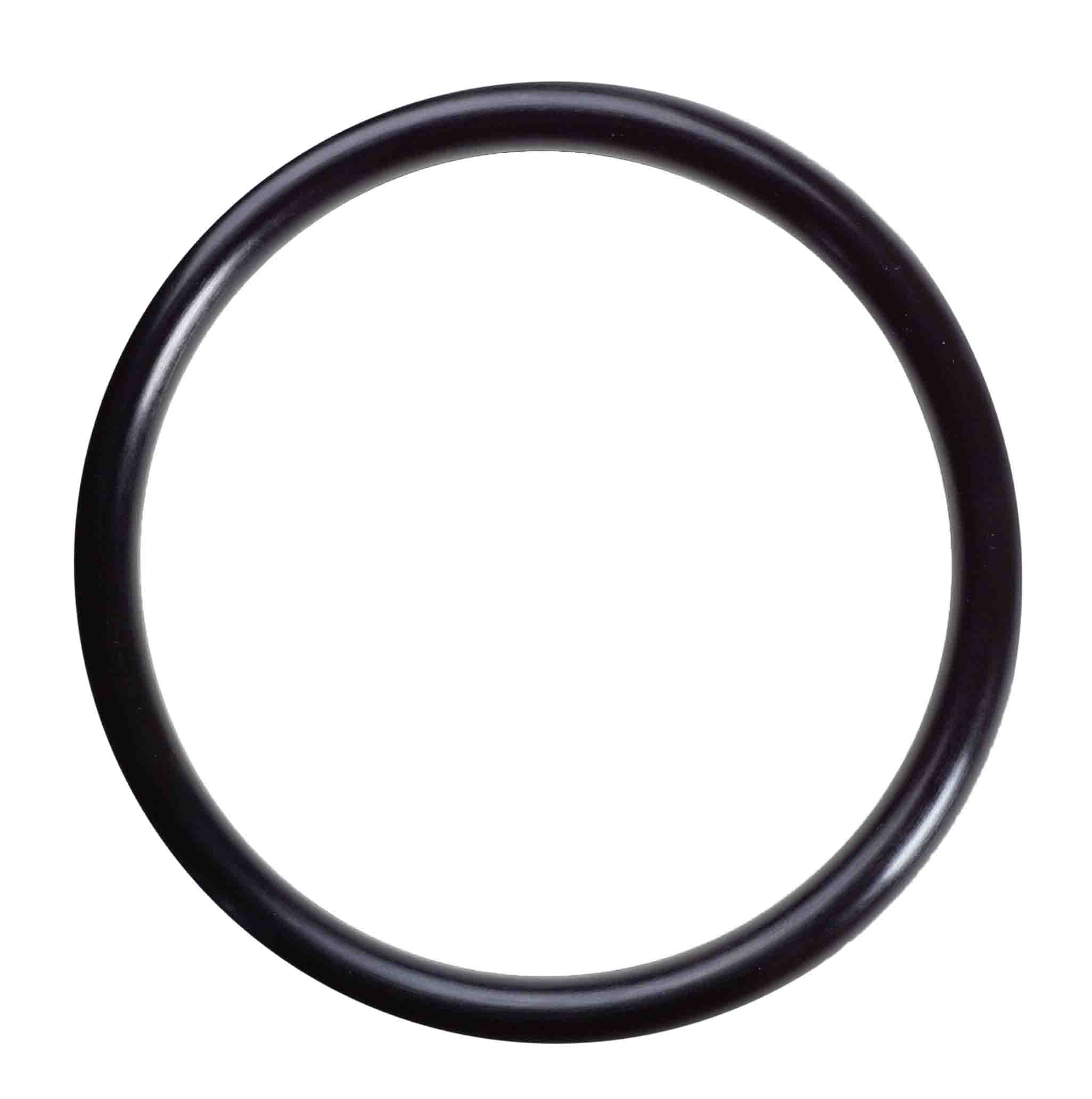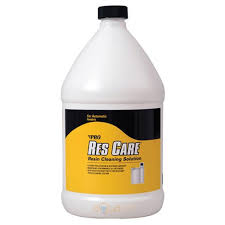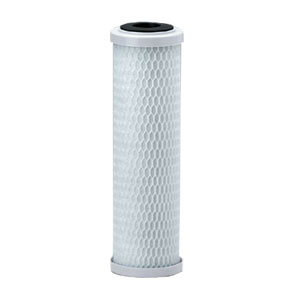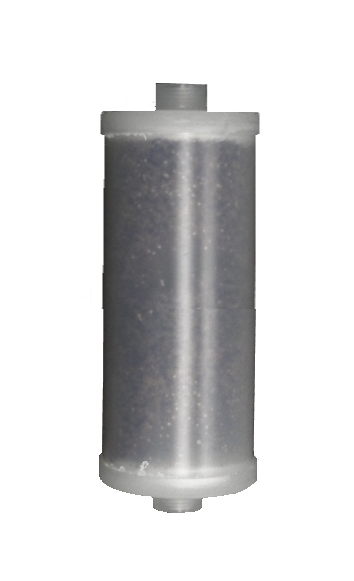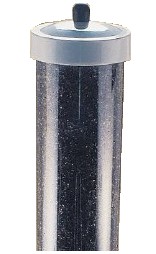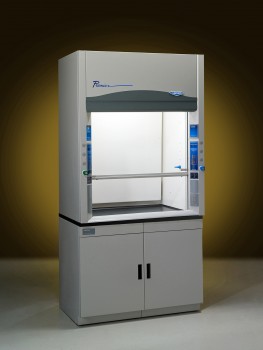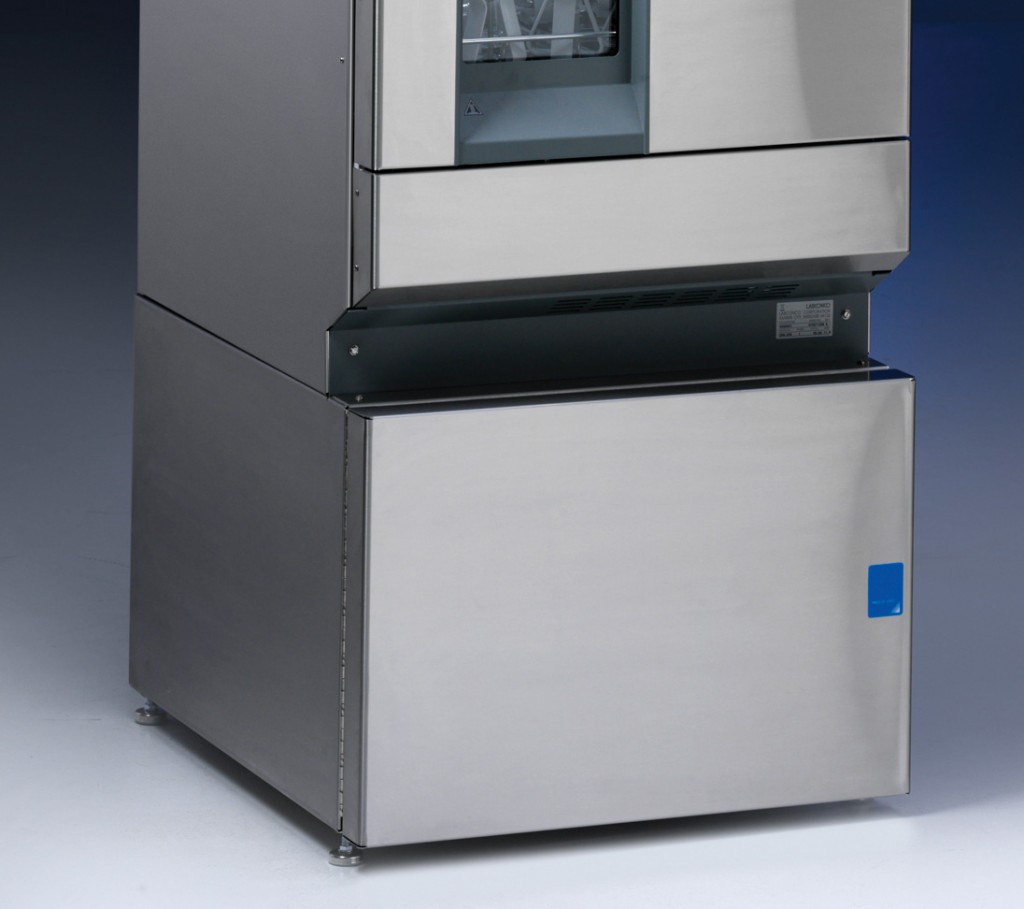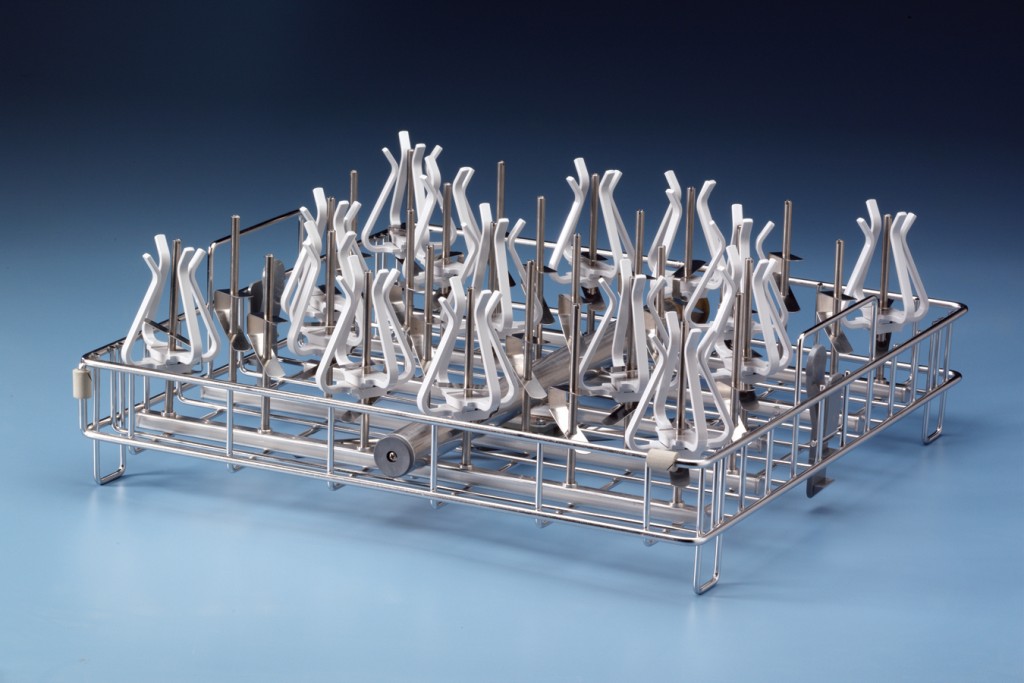|
How to Size the Water Softener
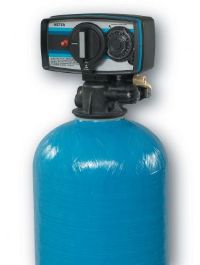 Picking the right water softener is an important step in the purification of your water
To understand sizing, it is best to understand how it all works.
What a water softener does is trade "hard" minerals in water for "soft" minerals in water.
The typical trade is as calcium (hard mineral) enter a water softener it is traded for sodium (soft mineral).
Inside a water softener are a bunch of chemical magnets called "ion exchange resin".
These little chemical magnets do the trading. The more chemical magnets you have in a softener, the higher the capacity is.
Capacity is the amount of gallons a softener will purify before you need to recharge (regenerate) it.
Picking the right water softener is an important step in the purification of your water
To understand sizing, it is best to understand how it all works.
What a water softener does is trade "hard" minerals in water for "soft" minerals in water.
The typical trade is as calcium (hard mineral) enter a water softener it is traded for sodium (soft mineral).
Inside a water softener are a bunch of chemical magnets called "ion exchange resin".
These little chemical magnets do the trading. The more chemical magnets you have in a softener, the higher the capacity is.
Capacity is the amount of gallons a softener will purify before you need to recharge (regenerate) it.
Capacity of water softeners are measured in "grains" or "grain removal". This is a chemical measurement that has been used a long time. One "grain per gallon" is equal to 17.1 parts per million.
The average water in the united states has 10 grains of hardness per gallon. You can calculate the exact amount of hardness you have in your water using a water softener test kit.
To calculate how much water you need to purify, multiply the number of people in your house by 80. (the average person uses 80 gallons of water per day).
For an average family of 4 the calculation would look like this:
People = 4
Gallons per person = 80
Gallons used per day = 4 x 80 = 320
Grains of hardness = 10
Total grains used per day =
3200
The vast majority of homes would use
a 32000 grain water softener. This would cover most homes with up to
4 people and up to two baths with showers (7 g.p.m.). On a low salt saver
setting this example would regenerate about once a week.
See
more info on capacity and salt settings here.
What type of softener do you
want?
There are basic types of water
softeners.
-
Timer Regenerated -
These softeners regenerate based on a time clock. In our case above we would
set the timer for once every 7 days and no matter how much water you use, the
softener will regenerate and use about 8 pounds of salt each time it
regenerated. Although a timer system is a little cheaper the salt usage is
the highest of these softener types.
-
Meter Regenerated - These
softeners regenerate by keeping track of how much water you actually use.
During set up you simply tell the controller how many grains your softener
is, how hard your water is and how many people are in your home for a
reserve setting of 100 gallons per person to cover you so the system can
regenerate at 2 am the next morning after your system thinks it needs to
regenerate. A big advantage that meter based systems have is that if you
should go out of town or have guest come and go, your softener adjusts
itself to regenerate sooner for guests or later if you travel or use less
water. By only regenerating when it needs to, this softener is very
efficient in its usage of salt pellets. These types of system are the most
popular.
Removing Iron with a water
softener.
Water softeners can remove a
limited amount of dissolved Iron form your water. Softeners do this because
Iron likes to stick on to the surfaces of ion exchange resin. A standard
water softener contain ion exchange resin that will allow it to remove Iron if
the the level is less than 4 p.p.m. A special fine mesh resin softener
contains smaller bead sizes which give Iron more places to stick to. Fine mesh
Water Softeners can remove dissolved Iron up to 10 p.p.m. As the resin
is regenerated the Iron is flushed off the surface of the resin and sent to
the drain. The addition of an inexpensive
resin cleaner will assure more complete Iron removal and will give you
extended life of the resin beads. Generally staining can be seen with
iron levels as low as 0.25 p.p.m. So there is a good chance that if you have
Iron staining problems, a water softener might just fixed the problem and give
you soft water all with one device. If you Iron level is higher then you
may need to purchase an Iron
filter for levels above 5 p.p.m.
Installing a water softener
Installing a water softener is not
a difficult task if you have basic copper plumbing skills. If not any plumber
should be able to install it for you at reasonable rates. There are 3 water
connections to a softener. Basically there is an In, an out and a drain. You
can plumb a water softener with flexible tubing which makes the job even
easier. Start up is also very easy and we are available for free tech service
on any products you purchase from us.
Concerns about Sodium and Potassium
in softened water.
For those who need a sodium
restriction, limit sodium intake to 3,000 milligrams per day as suggested by
the American Heart Association. A teaspoon of salt contains 2,300 milligrams.
Sodium helps your body maintain water balance. Too much sodium, can cause
fluid buildup or elevated blood pressure. This puts extra strain on the heart
and can make medications less effective. Consider replacing table salt with
herbs and spices. Use fresh foods instead of processed, canned, prepackaged
and convenience foods to limit the amount of salt in your diet. All
water softeners can be regenerated using Sodium chlorine or Potassium
chloride. Since water softeners trade hard minerals for soft minerals that it
gets from the regeneration chemical, some people with restricted Sodium diets
are concerned about the levels of Sodium in their softened drinking water. The
best way to eliminate this concern is to regenerate your softener with
Potassium chloride pellets, The softener works the same with either type. Each
grain of hardness in your water will end out equaling 17.1 milligrams
per liter of Sodium or Potassium depending on what you are regenerating the
water softener with. With a low sodium diet of 3000 milligrams, average water
would contain 170 milligrams per liter or water. Under this scenario you would
have to drink 17 liters of water or 4.6 gallons or water per day to hit the
limit.
For recommended water softener click here
| 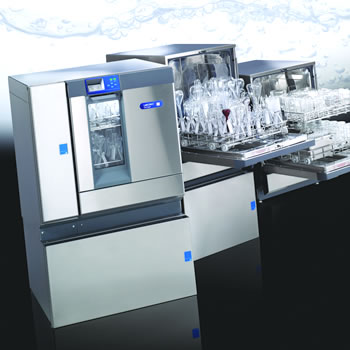


 Picking the right water softener is an important step in the purification of your water
To understand sizing, it is best to understand how it all works.
What a water softener does is trade "hard" minerals in water for "soft" minerals in water.
The typical trade is as calcium (hard mineral) enter a water softener it is traded for sodium (soft mineral).
Inside a water softener are a bunch of chemical magnets called "ion exchange resin".
These little chemical magnets do the trading. The more chemical magnets you have in a softener, the higher the capacity is.
Capacity is the amount of gallons a softener will purify before you need to recharge (regenerate) it.
Picking the right water softener is an important step in the purification of your water
To understand sizing, it is best to understand how it all works.
What a water softener does is trade "hard" minerals in water for "soft" minerals in water.
The typical trade is as calcium (hard mineral) enter a water softener it is traded for sodium (soft mineral).
Inside a water softener are a bunch of chemical magnets called "ion exchange resin".
These little chemical magnets do the trading. The more chemical magnets you have in a softener, the higher the capacity is.
Capacity is the amount of gallons a softener will purify before you need to recharge (regenerate) it.
